What to Eat in Turkey: Top 10 Traditional Dishes You Can’t Miss
If you are planning a trip to Turkey, one of the first questions that will come to your mind will be ‘What to eat in Turkey?’ Thanks to its rich history, cultural diversity and geographical location, Turkish cuisine is one of the most extensive and delicious cuisines in the world. So, what to eat in Turkey during your first visit? What are the must-try foods in Turkey? From the traditional Turkish dishes that date back to the Ottoman Period to the modern Turkish kitchen, here are the best dishes you must try on your visit to Turkey 👇
1. Adana Kebab: Geographically Indicated, Queen of the Grill
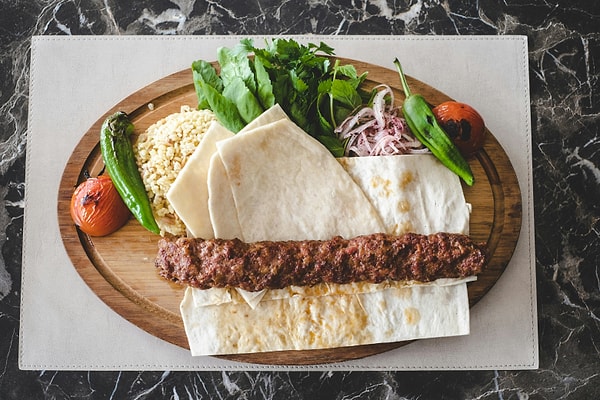
Adana kebab, one of the most renowned representatives of Turkish cuisine worldwide, is protected by a geographical indication registered with the Turkish Patent and Trademark Office. The most important feature of Adana kebab is that it is made with lamb instead of beef, tail fat is added to the meat, and the meat is finely minced using a special cutting technique called ‘zırh.’ The amount of spices used is more limited than in other kebabs; the main flavour comes from the quality of the meat and the cooking technique.
The kebab is cooked over oak charcoal, not directly over the flame, but over embers. It is served with sumac onions, roasted tomatoes, peppers and hot lavash bread. The cultural and gastronomic value of this dish is so great that Adana even organises festivals dedicated solely to kebab.
Where to eat it? For the most authentic experience, be sure to visit the local ocakbaşı restaurants in the city centre of Adana. There are restaurants serving Adana kebab in Istanbul, Ankara and Izmir, but the real flavour comes from the source.
2. İskender Kebap (Bursa): Döner with Sauce and Butter

One of the most elegant dishes in Turkish cuisine, İskender kebab was developed in Bursa in the 19th century by ‘İskender Efendi.’ The essence of the dish lies in thinly sliced döner meat spread over cubed pita bread. Tomato sauce and melted butter are then poured over it, and it is always served with garlic yoghurt on the side.
This dish from Bursa quickly spread throughout the country and is now featured on restaurant menus in almost every city. However, experiencing its true flavour at the traditional restaurants in Bursa is a completely different experience.
Where to eat it? In the city centre of Bursa, opt for portions served as ‘original İskender’ at historic restaurants.
3. Kayseri Mantı: Miniature Dough Parcels with a Huge Flavour
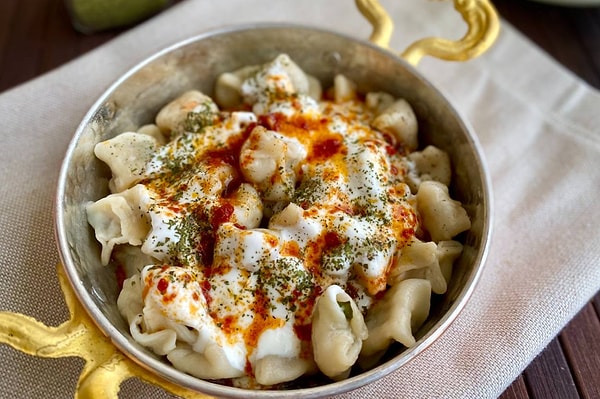
Mantı is one of the most well-known home-cooked dishes in Turkish cuisine, but Kayseri mantı has become famous throughout the country for its small size and special presentation. Minced meat is placed inside squares of dough, which are then folded into parcels and boiled in boiling water. It is then topped with garlic yoghurt and served with melted butter and red pepper flakes.
One of the characteristics of Kayseri mantı is that it can fit forty pieces on a spoon, which shows how small it is. Kayseri's culinary culture has made this dish a national symbol.
Where to eat it? Local restaurants or restaurants specialising in mantı in Kayseri offer this dish in its most authentic form.
4. Karadeniz Pide: Regional Delicacy from the Wood-Fired Oven
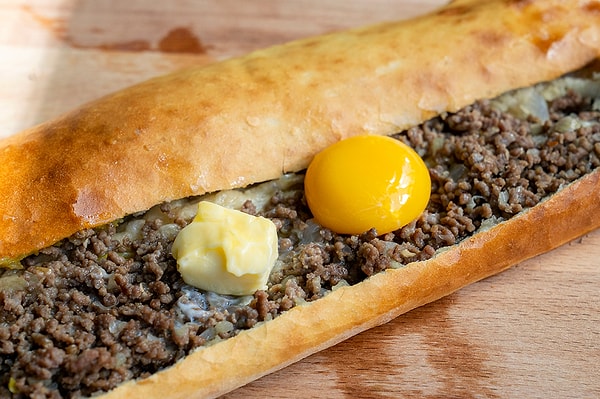
When it comes to Karadeniz cuisine, one of the first things that comes to mind is undoubtedly Karadeniz pide. Unlike pides from other regions, it is thinner and longer in shape, and usually comes in ‘closed’ or ‘open’ varieties. The filling usually consists of cheese, fried meat, sausage, minced meat, or a mixture of these ingredients.
Its most distinctive feature is that it is baked in a wood-fired oven. This gives the dough a crispy texture while the filling acquires a delicious aroma. Especially in the Trabzon and Samsun regions, it is traditionally served with butter spread on top after baking.
Where to eat it? Be sure to try it at local pita bakeries in Samsun, Ordu, Giresun, and Trabzon. You can also find excellent examples in restaurants run by Black Sea natives in Istanbul.
5. Lahmacun: A Dance of Spices on Thin Dough
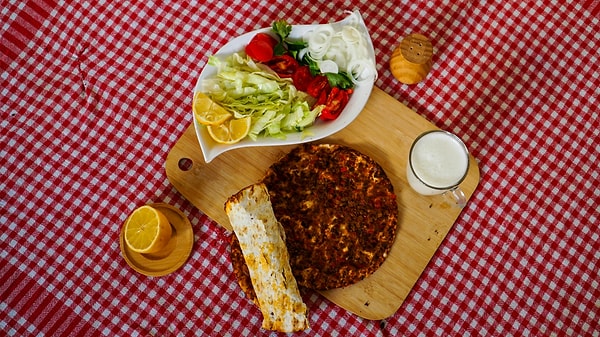
Although it is known around the world as ‘Turkish pizza,’ it is actually a completely different culinary delicacy. Lahmacun is prepared by spreading a mixture of onions, tomatoes, peppers and minced meat on thinly rolled dough and baking it in a stone oven.
There are regional variations:
Antep-style lahmacun is garlicky, with a more intense and pungent aroma.
Urfa-style lahmacun, on the other hand, is onion-based, leaving a lighter and sweeter taste.
It is usually served with parsley, rocket and lemon. When eating, lahmacun is rolled up and held in the hand.
Where to eat it? In Gaziantep and Şanlıurfa, lahmacun is an indispensable part of the cuisine. We recommend trying it freshly baked in street ovens.
6. Menemen: The Undisputed Classic of Turkish Breakfasts
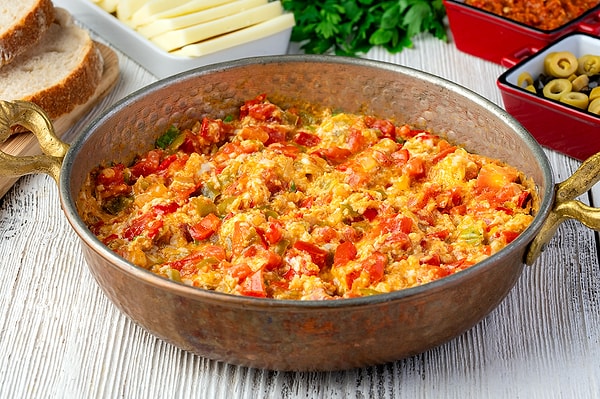
One of the most well-known dishes in Turkish breakfast culture, menemen is made with tomatoes, green peppers and eggs. The biggest debate surrounding it is whether it should be made with or without onions. Some people add onions, while others argue that this ruins the spirit of menemen.
This debate has spread so widely across the country that it has been featured in newspapers and television programmes. However, beyond the debate, what makes menemen special is its simplicity combined with its satisfying nature. It is particularly important to make it with the freshest tomatoes during the summer months.
Where to eat it? It can be found in breakfast spots in almost every city in Turkey. İzmir and the Aegean region are the most well-known destinations for menemen.
7. Fish and Bread (Istanbul): Where Street Culture Meets the Bosphorus
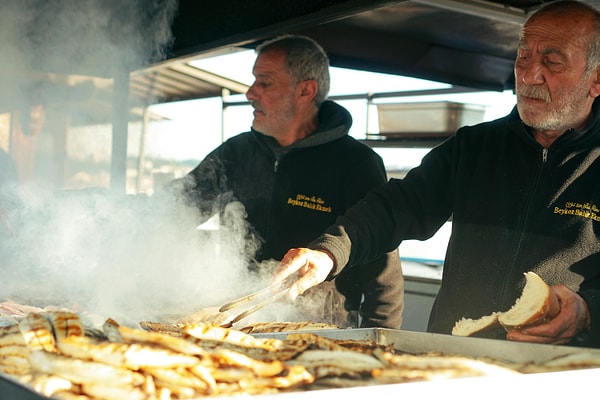
One of Istanbul's most iconic street foods, fish and bread have been sold from boats along the Eminönü coast throughout history. Grilled fish, usually mackerel, is placed between slices of bread along with onions, greens, and lemon.
This dish is not only delicious but also deeply rooted in Istanbul's historical fabric. Eating fish and bread while sitting by the sea in Eminönü means experiencing the soul of the city.
Where to eat it? The boats and fishermen along the Eminönü waterfront still keep this tradition alive.
8. Kuru Fasulye & Pilav: A Staple of Turkish Restaurants
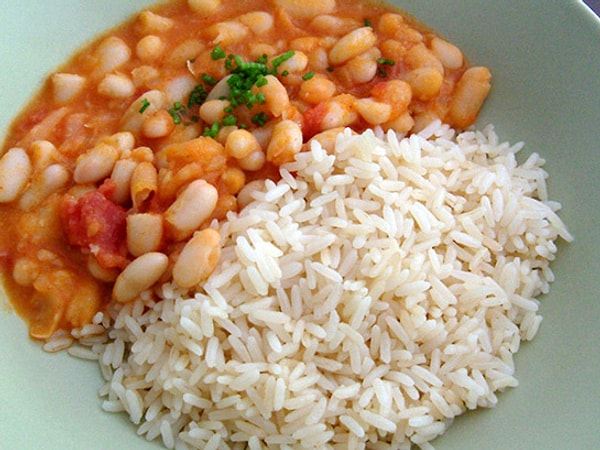
Kuru fasulye, one of the most basic dishes in Turkish cuisine, can be found on the menu of almost every restaurant. It is traditionally served with rice pilaf, sometimes accompanied by cacık and turşu.
The dish has been a staple on tables from the Ottoman era to the present day, and has become synonymous with the ‘esnaf restaurant culture’ of the Republican era. The dried bean restaurants around Süleymaniye in Istanbul are living examples of this culture.
Where to eat it? Historic esnaf restaurants in big cities or restaurants serving home-style meals in Anatolia are the best places to go.
Source: Pilav.gen
9. Antep Baklava (EU-Certified): The Art of Pistachios
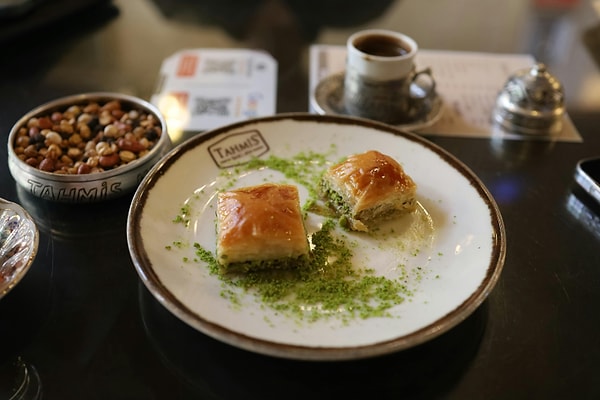
Gaziantep baklava is not only one of Turkey's most famous desserts but also one of the world's most renowned. In 2013, it became the first Turkish product to be protected by the European Union. This certification guarantees that the pistachios used in the baklava are from Gaziantep and that the product is produced according to the standards set in Gaziantep.
The most important feature of baklava is the thinly rolled dough, which can have up to 40 layers, with pistachios sprinkled between them and butter poured on top. The lightness of the syrup and the crispiness of the dough are signs of mastery.
Where to eat it? The best experience is undoubtedly found at the established baklava shops in Gaziantep. Especially those made with ‘boz iç’ (early harvest pistachios) leave an unforgettable impression on the palate.
10. Künefe (Hatay): Cheese Dessert Served with Warm Syrup
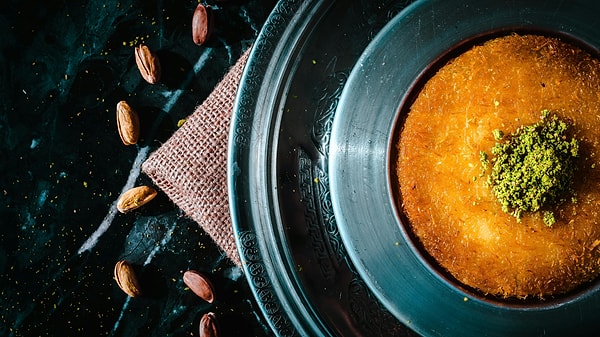
Künefe is a symbol of Antakya cuisine and one of the gems of Turkey's dessert culture. Unsalted cheese is placed between thin strands of kadayıf, baked in bronze trays with butter, and then served with hot syrup. The dessert's flavour is enhanced when served with clotted cream or ice cream.
The Hatay cuisine was awarded by UNESCO in 2017 as part of the Creative Cities Network in the Gastronomy category, and künefe is one of the strongest symbols of this culinary richness.
Where to eat it? In the streets of Antakya, you should enjoy künefe prepared by masters in their pans, hot off the pan.
Keşfet ile ziyaret ettiğin tüm kategorileri tek akışta gör!

Send Comment